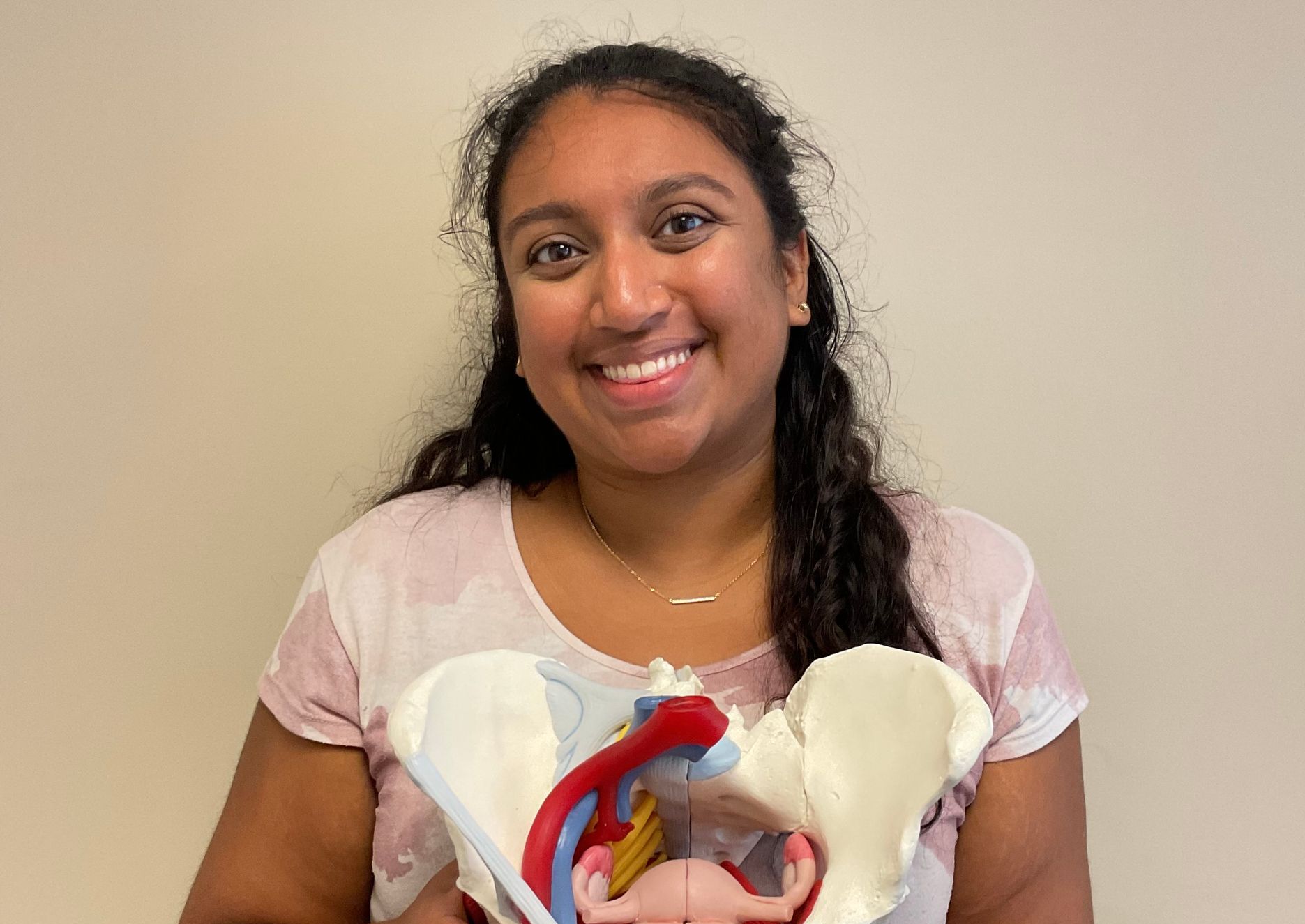Understanding Pubic Symphysis Dysfunction: Causes, Relief, and Exercises

Pubic Symphysis Dysfunction (PSD), also known as Symphysis Pubis Dysfunction, is a condition that can cause significant discomfort during and after pregnancy. It occurs when the ligaments that normally keep your pubic bone aligned become overly relaxed and stretchy due to hormonal changes, leading to pelvic instability. This can result in pain, inflammation, and difficulty with movement, especially when walking, standing, or shifting weight.
If you’re experiencing pain around the front of your pelvis, groin, or even your lower back, you could be dealing with Pubic Symphysis Dysfunction. The good news is that while PSD can be painful, there are exercises and treatments that can help manage and reduce the discomfort.
What Causes Pubic Symphysis Dysfunction?
During pregnancy, your body produces the hormone relaxin, which helps prepare your pelvis for childbirth by loosening the ligaments. In some cases, these ligaments become too loose, causing instability in the pelvic joints. This can lead to misalignment in the pubic symphysis (the joint where the left and right pubic bones meet), causing pain. Symptoms may include sharp or aching pain in the front of the pelvis, groin, or lower back, difficulty walking or standing for long periods, and pain when performing certain movements like getting out of bed or climbing stairs.
1. Pelvic Tilts
Pelvic tilts can help strengthen your abdominal muscles and support your pelvis.
How to do it:
- Lie on your back with your knees bent and feet flat on the floor (you can also do this standing).
- Gently flatten your lower back against the floor by engaging your abdominal muscles and tilting your pelvis upward.
- Hold for a few seconds, then release.
- Repeat 10-15 times.
2. Kegel Exercises
Strengthening the pelvic floor muscles is crucial for stabilizing the pelvis and relieving pressure on the pubic symphysis.
How to do it:
- Contract the muscles you would use to stop urination.
- Hold for 5-10 seconds, then release.
- Repeat 10-15 times, up to three times a day.
3. Hip Squeeze (Ball Squeeze)
This exercise strengthens the inner thigh muscles, which help stabilize the pelvic region.
How to do it:
- Sit on a chair with your knees bent and feet flat on the floor.
- Place a small exercise ball or a pillow between your knees.
- Squeeze the ball gently with your knees, engaging your inner thighs.
- Hold for 5-10 seconds, then release.
- Repeat 10-15 times.
4. Cat-Cow Stretch
This yoga-inspired movement helps relieve tension in the lower back and pelvis while improving flexibility.
How to do it:
- Start on your hands and knees, keeping your hands directly under your shoulders and your knees under your hips.
- Inhale as you arch your back, letting your belly drop toward the floor and lifting your head slightly (Cow Pose).
- Exhale as you round your back, tucking your pelvis and pulling your belly in (Cat Pose).
- Alternate between these positions for 10-15 repetitions.
5. Glute Bridge
This exercise targets the glutes and lower back, helping to strengthen the muscles that support the pelvis.
How to do it:
- Lie on your back with your knees bent and feet flat on the ground.
- Press through your heels to lift your hips towards the ceiling, squeezing your glutes.
- Hold for a few seconds at the top, then slowly lower back down.
- Repeat 10-15 times.
Other Tips for Managing Pubic Symphysis Dysfunction
In addition to exercises, there are other ways to manage PSD and reduce pain:
- Avoid movements that aggravate the pain, such as standing on one leg, wide-legged squats, or lunges.
- Use a pelvic support belt to help stabilize your pelvis and reduce discomfort during daily activities.
- Apply heat or cold packs to the painful area to help with inflammation and pain relief.
- Take frequent breaks to avoid standing or walking for too long, and try to keep your knees together when getting in and out of bed or a car.
When to Seek Professional Help
While the exercises above can be helpful in managing mild symptoms, some cases of Pubic Symphysis Dysfunction may require more specialized care. If you’re experiencing severe or persistent pain that’s limiting your mobility or daily activities, it’s essential to seek professional help. At our clinic, we offer personalized pelvic floor therapy designed to address the underlying causes of PSD. Our team of trained therapists can guide you through tailored exercises and treatments to help realign your pelvis, strengthen key muscles, and reduce pain.



